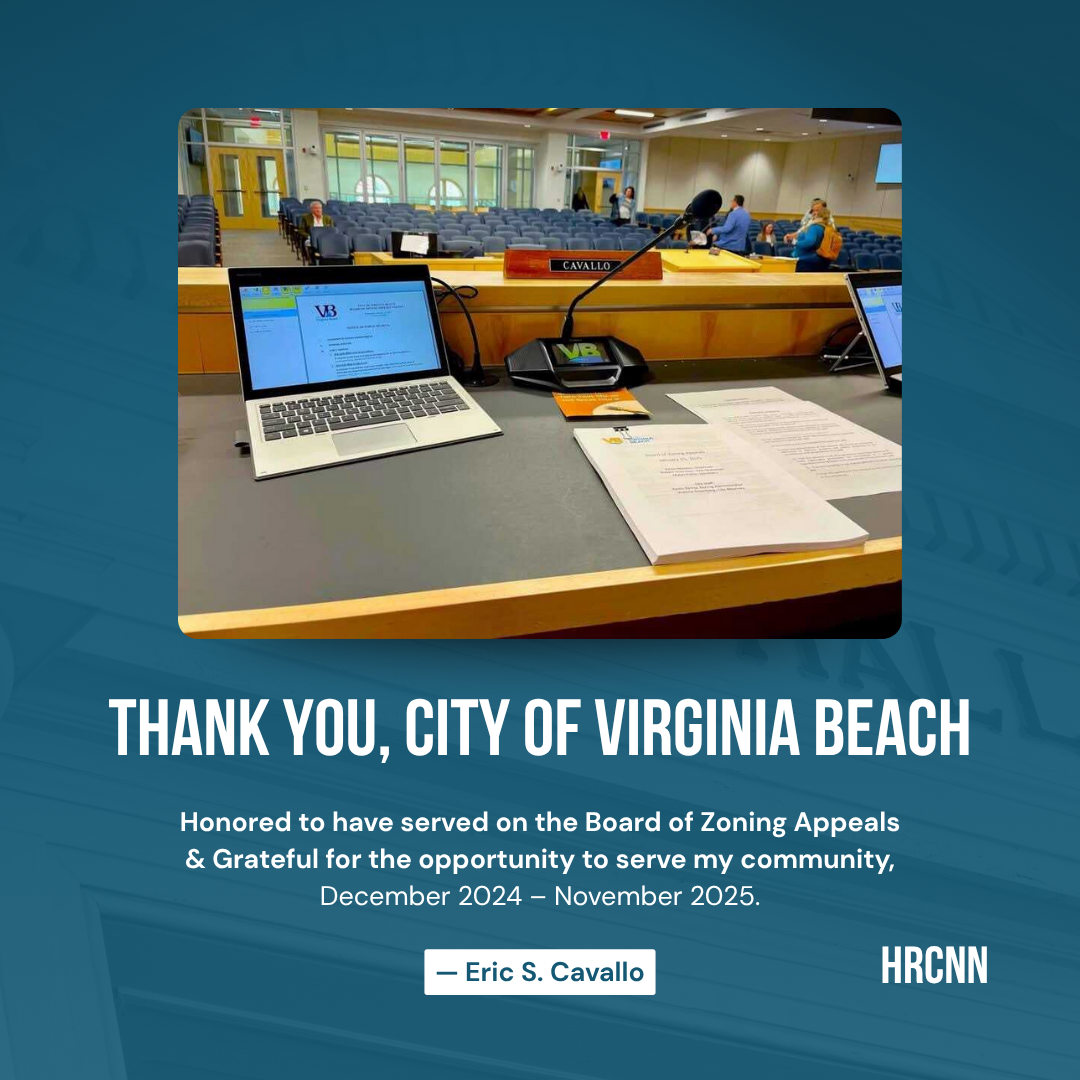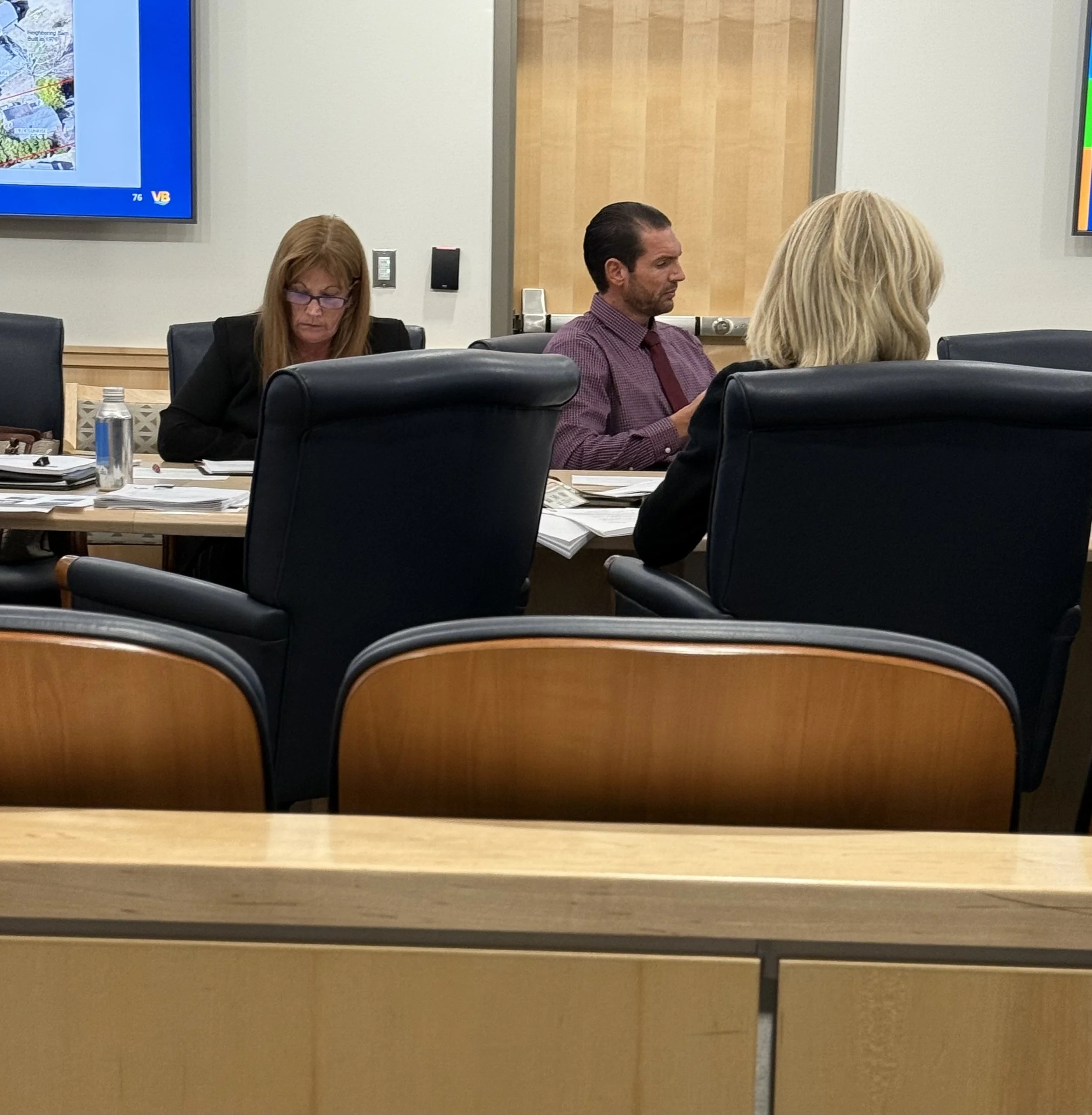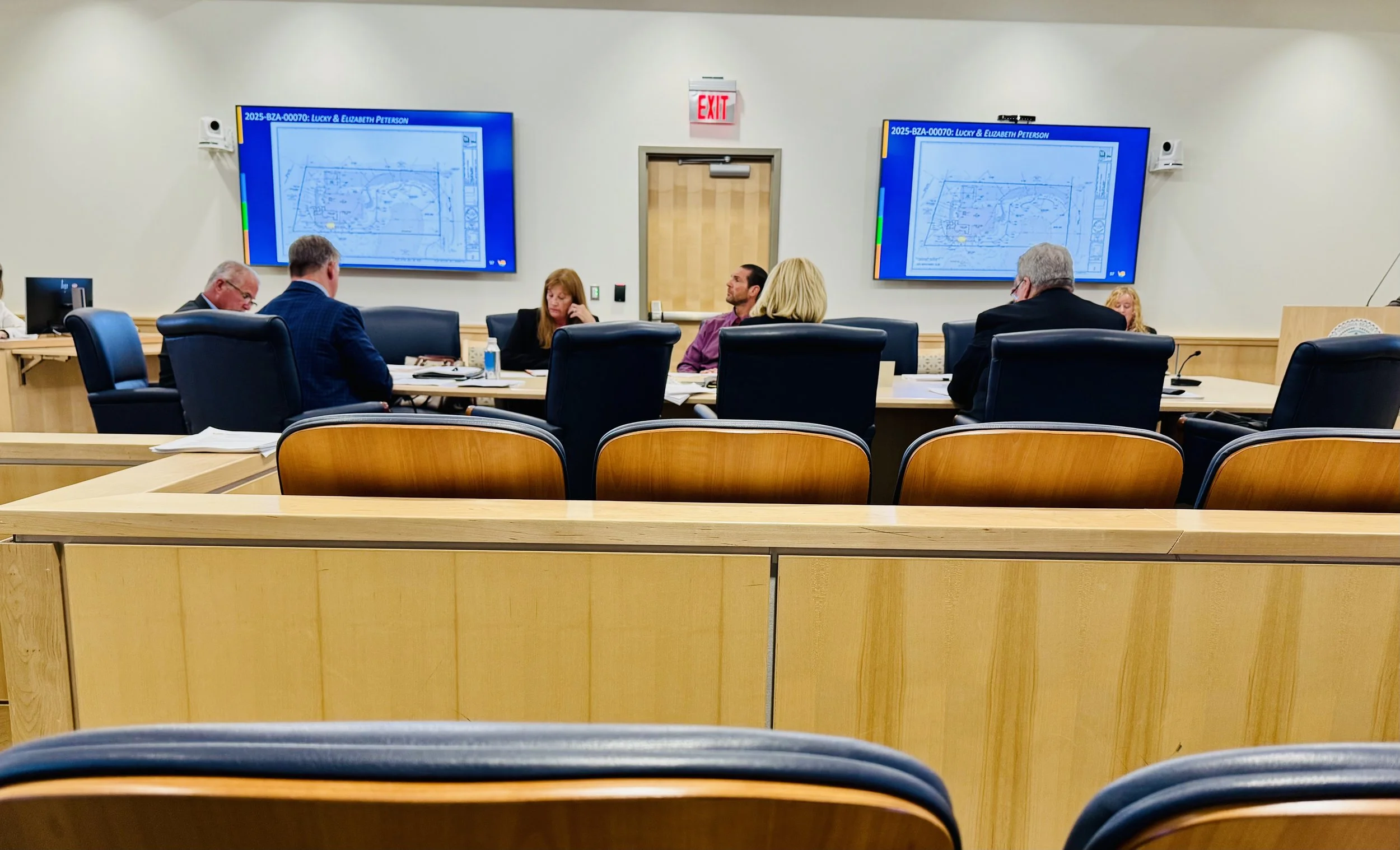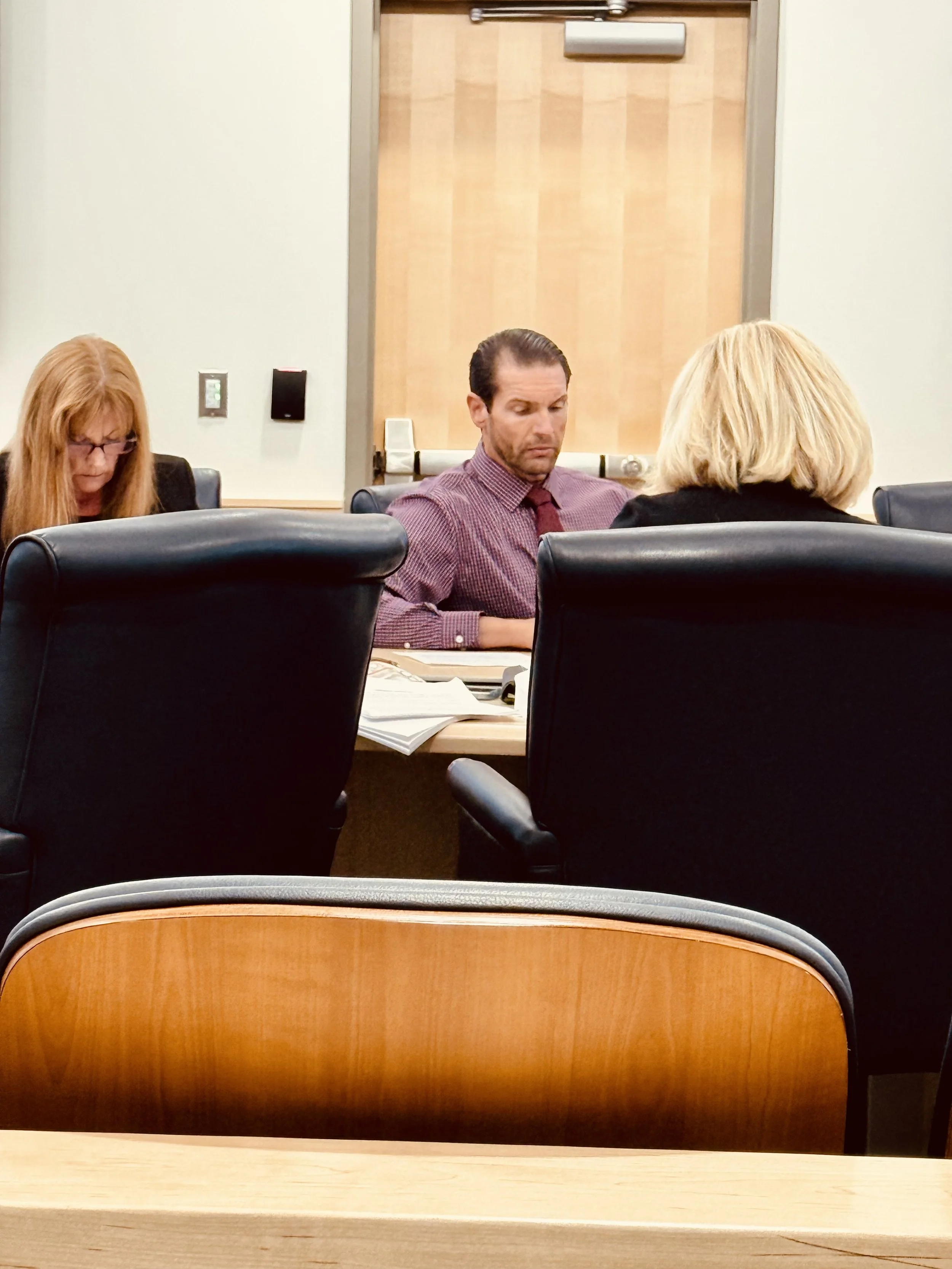By Eric S. Cavallo
Editor-in-Chief, Hampton Roads Construction News Network (HRCNN)
Newport News is entering a new chapter in its housing growth, and few projects illustrate that shift more clearly than Iverson Landing, the 120-unit apartment community planned for Old Fort Eustis Boulevard. What started as a routine rezoning request has grown into one of the city’s most anticipated developments—powered by thoughtful design, strong local investment, and the involvement of Newport News’ own Allen Iverson. In a year marked by rising demand for workforce housing, the project stands out as a symbol of progress and hometown partnership.
The proposal calls for four three-story buildings, a clubhouse, modern amenities, and new landscaping across a 6.29-acre site just off Jefferson Avenue. Its placement is strategic: close to Fort Eustis, within commuting distance of shipyard employers, and aligned with the city’s long-range plans for medium-density growth along this important corridor. While the land currently holds a single-family designation, Newport News has long signaled the need for more diverse housing types in precisely this area—making Iverson Landing both timely and consistent with the city’s vision.
At the heart of the project is the development team led by Iverson and longtime business partner Alvin Keels Jr. Their investment is not symbolic. It represents a deliberate effort to reinvest in the community where Iverson was raised, creating new housing options while demonstrating that local, minority-led development can play a leading role in shaping the city’s future. For many residents, the project carries an uplifting message: successful Newport News natives are choosing to build in Newport News again.
Financially, Iverson Landing is structured as a privately funded, market-rate project, distinct from subsidized or tax-credit housing. This approach gives the development team freedom to target the workforce segment—residents who earn too much for income-restricted programs yet struggle to find modern, reasonably priced apartments near major employers. Importantly, the City of Newport News did not provide direct financial incentives. Instead, the public contribution came through a clear and collaborative zoning process designed to support responsible growth.
Traffic improvements became a key part of that collaboration. After early discussions, the developers revised their plans to include a widened roadway section, a dedicated turn lane, optimized signal timing, and a commitment to fund a new traffic signal if warranted after the community is built. These enhancements not only address neighborhood concerns—they represent a tangible infrastructure upgrade for the entire corridor. The Planning Commission and City Council ultimately embraced the updated plan, recognizing both the design improvements and the project’s long-term economic value.
Neighborhood feedback was an essential part of shaping the final proposal. Residents voiced concerns about traffic, drainage, and the transition from single-family homes to multifamily buildings. Their input helped refine the plan’s buffering, building placement, and stormwater layout. The result is a more thoughtful design—one that respects the character of nearby homes while introducing a needed housing option to the area. The process demonstrated that growth and neighborhood preservation do not have to sit in opposition; they can inform each other.
With rezoning complete, the project now enters its next stage: detailed engineering, contractor selection, and preparation for construction. The development team’s emphasis on quality and transparency will be pivotal as Iverson Landing moves from concept to reality. Strong coordination among engineers, architects, and the eventual general contractor will determine how effectively the project delivers on its commitments to both residents and the city.
In many ways, Iverson Landing represents the best of what local development can be—a partnership between hometown investors, city leadership, and community voices working toward a shared outcome. If executed well, the project will add modern housing, support key job centers, and reinforce Newport News’ momentum as a city ready to grow with intention. It stands as a reminder that when opportunity, planning, and community engagement align, progress becomes possible.
About HRCNN
The Hampton Roads Construction News Network (HRCNN) provides independent, in-depth coverage of construction, zoning, infrastructure, and development across Coastal Virginia. With a commitment to clarity and industry expertise, HRCNN delivers the trustworthy reporting that residents, builders, and policymakers rely on to understand the projects shaping our region’s future.


















